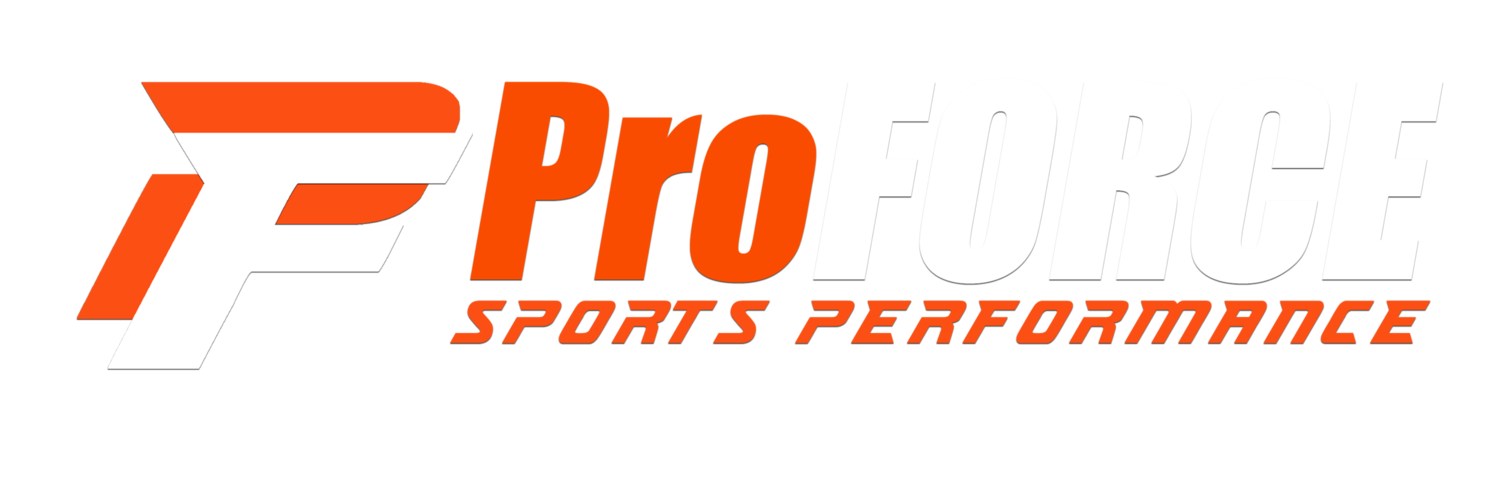At ProForce Sports Performance, we believe that everyone has the potential to run faster. Whether you're a competitive athlete aiming for a new personal record or a fitness enthusiast looking to improve your speed, focusing on specific aspects of your biomechanics can significantly enhance your performance. Here are the essential elements to focus on if you want to run faster:
1. Hip Extension
Hip extension is crucial for generating the power needed to propel your body forward. When your hip extends properly, it maximizes your stride length and efficiency. Here are some key points to consider:
Strengthening Exercises: Incorporate exercises like squats, lunges, and deadlifts into your training routine to build strength in your glutes, hamstrings, and lower back.
Drills: Perform drills like high knees and butt kicks to emphasize full hip extension during your stride.
Flexibility: Ensure your hip flexors are flexible by incorporating stretching and foam rolling into your routine to allow for a full range of motion.
2. Hip Flexion
Hip flexion is equally important as it determines how quickly you can bring your leg forward during each stride. Efficient hip flexion can significantly increase your cadence. Focus on:
Strengthening Exercises: Target your hip flexors with exercises like leg raises, mountain climbers, and sprint drills.
Mobility: Incorporate dynamic stretching and mobility exercises to keep your hip flexors agile and responsive.
Drills: Practice A-skips, Switches, and marching drills to improve your hip flexion mechanics.
3. Foot Interaction with the Ground
How your foot interacts with the ground affects your speed and efficiency. Proper foot mechanics can reduce the risk of injury and optimize your propulsion. Key considerations include:
Foot Strike: Aim for a midfoot strike, landing your foot directly under your center of gravity to minimize braking forces and maximize forward momentum.
Strengthening Exercises: Strengthen your feet and ankles. Work to make your feet springy like a diving board.
Footwear: Choose the right running shoes that provide adequate support and encourage proper foot mechanics.
4. Spinal Engine
The concept of the spinal engine refers to the role your spine and core muscles play in generating and transferring energy throughout your body during running. A strong, flexible spine can enhance your running efficiency. Focus on:
Core Strength: Incorporate core strengthening exercises such as planks, Russian twists, and back extensions to support a strong spinal engine.
Mobility: Maintain spinal mobility with exercises like cat-cow stretches and thoracic rotations.
Posture: Keep an upright posture with a slight forward lean, ensuring your spine is aligned and able to efficiently transfer energy.
Conclusion
Improving your running speed involves a comprehensive approach focusing on hip extension, hip flexion, foot interaction with the ground, and the spinal engine. By incorporating these key elements into your training routine, you can unlock your full speed potential and achieve your running goals. At ProForce Sports Performance, we're dedicated to helping you become the fastest, strongest version of yourself. Let's get moving!
Kevin Hollabaugh, MHA, CSCS, USAW, FMSC, CSAC
Ready to get started? Learn more about our training programs and get scheduled for an Evaluation at our Milford training facility!

